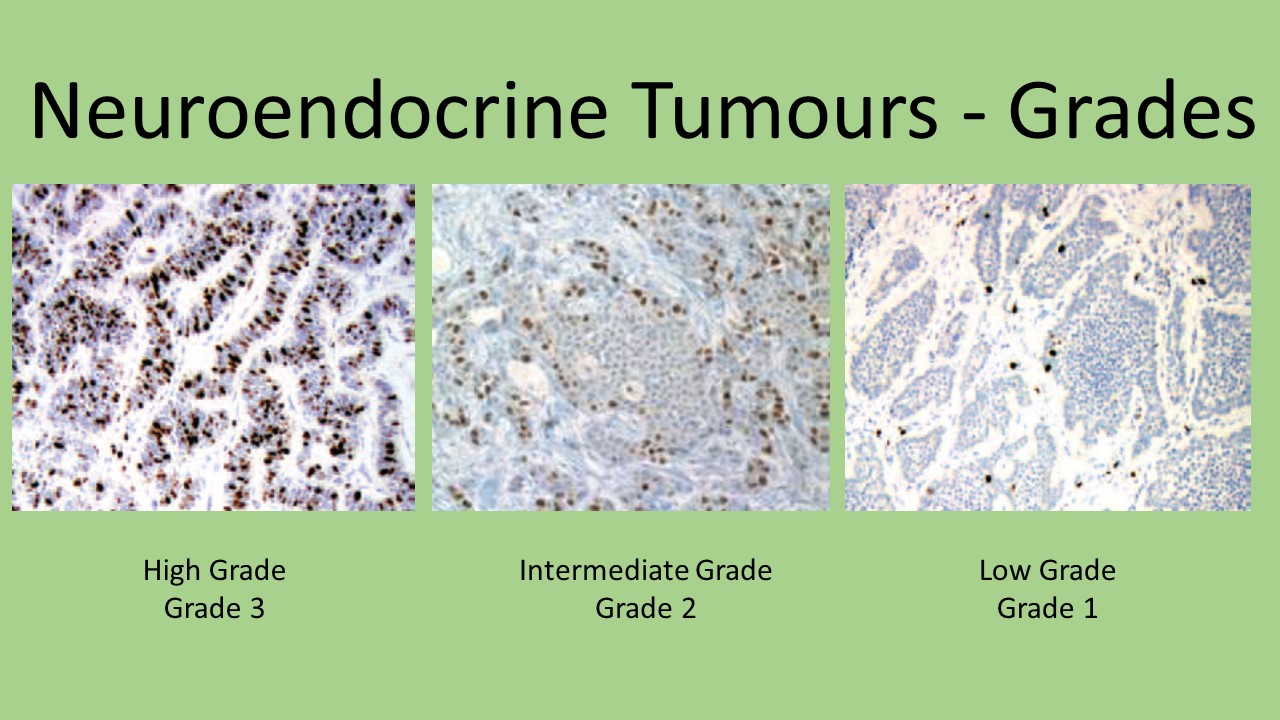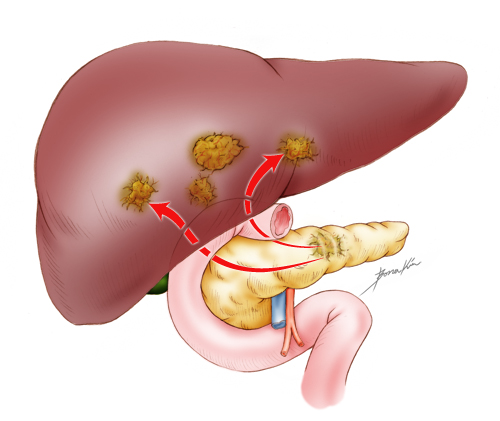Neuroendocrine Carcinomas
The tumor or cancerous cell which is growing in the neuro-endocrine system of the body which is a harmone producing cell, which is a development of cells which is joined between the nerve cells and traditional hormone-developing endocrine cells is called as Neuroendocrine Carcinomas. These cells is easily found in all organs f body including gastrointestinal tract which comprises of intestines and stomach and lungs also.
Some of the types of neuroendocrine Carcinomas tumors
There are numerous sorts of neuro-endocrine tumors. The major types of neuroendocrine tumors are neuroendocrine carcinoma, merkel cell cancer and pheochromocytoma. Some of the other types of cancerous cells, which is including carcinoid tumors, endocrine tumors, islet cell tumors, thyroid cancer, and thymoma.
Symptoms
Individuals who are affecting with Neuroendocrine Carcinomas tumor might experience the flowing signs and symptoms, which include:
- Anxiety
- Changes in bowel or bladder habits
- Diarrhea
- Gastric ulcer disease
- Headache
- Hypoglycemia
- Hyperglycemia
- Jaundice, which is the yellowing of the skin and whites of the eyes
- Loss of appetite or weight loss
- Persistent fever or night sweats
- Persistent cough or hoarseness
- Persistent pain in a specific area
- Skin rash
- Thickening or lump in any part of the body
- Unusual bleeding or discharge
- Unexplained weight gain or loss
Sometimes individuals are facing some protein deficiency, nutritional deficiency.
Diagnosis and Treatment in India
There are some of the common list of test and exams that can be done by every doctors in the form of primary medical exams like:
- Blood/urine tests
- X-ray
- Computed tomography (CT or CAT) scan
- Magnetic resonance imaging (MRI)
- Biopsy
- Molecular testing of the tumor
Surgical Treatment options:
In caring for an individuals who are experiencing Neuroendocrine Carcinomas tumors, different types of experts make a team which is known as multidisciplinary team, to plan and overall treatment which is a combination of different treatment.
An explanation of the most used treatment choice which is available to treat Neuroendocrine Carcinomas tumors are mentioned below. Recommendation of treatment options is based on few factors which include the type of cancer, the stage of the cancer, patient’s preference, possible associated risks and complete health of an individual. Treatment for associated risks and symptoms is among the cancer care’s important part. It is best to become aware about the treatment options in order to ask your queries related to cancer which is unclear and it helps you to make a right decision with selection for treatment options.
- Surgery: It is main treatment option for any kind of cancer so is in the case of Neuroendocrine Carcinomas tumor. In this procedure the surgeon will remove the small border around the tumor which is called margin and the actual tumor. For this procedure you must consult with the oncologist surgeon who has done specialization in cancer treatment with surgery.
- Radiation therapy: In this procedure a high-energy x-ray radiations are used to eliminate the cancerous cells. It is generally performed on those location Neuroendocrine Carcinomas tumor has spread and makes it difficult to reach to perform surgery. For this kind of surgery you must consult with the radiation oncologist for best treatment. The radiation therapy schedule comprises of a number of sessions for a set of time.
- Chemotherapy: In this procedure to destroy cancerous cells drugs are utilized. This procedure is done usually by hindering the ability of cancer cell of growing and diving and spreading. For this there is no best doctor than medical oncologist to perform this type of treatment. This is done is order to treat some symptoms of the cancer and make the patient eligible for other kind of cancerous treatment.
- Targeted therapy: This procedure is basically targets the most specific tissues, proteins and genes which are responsible for growth and the survival of the cancerous cells. This procedure limits the healthy cell damage and blocks the cancerous cells growth and spreading of cancer cells.

